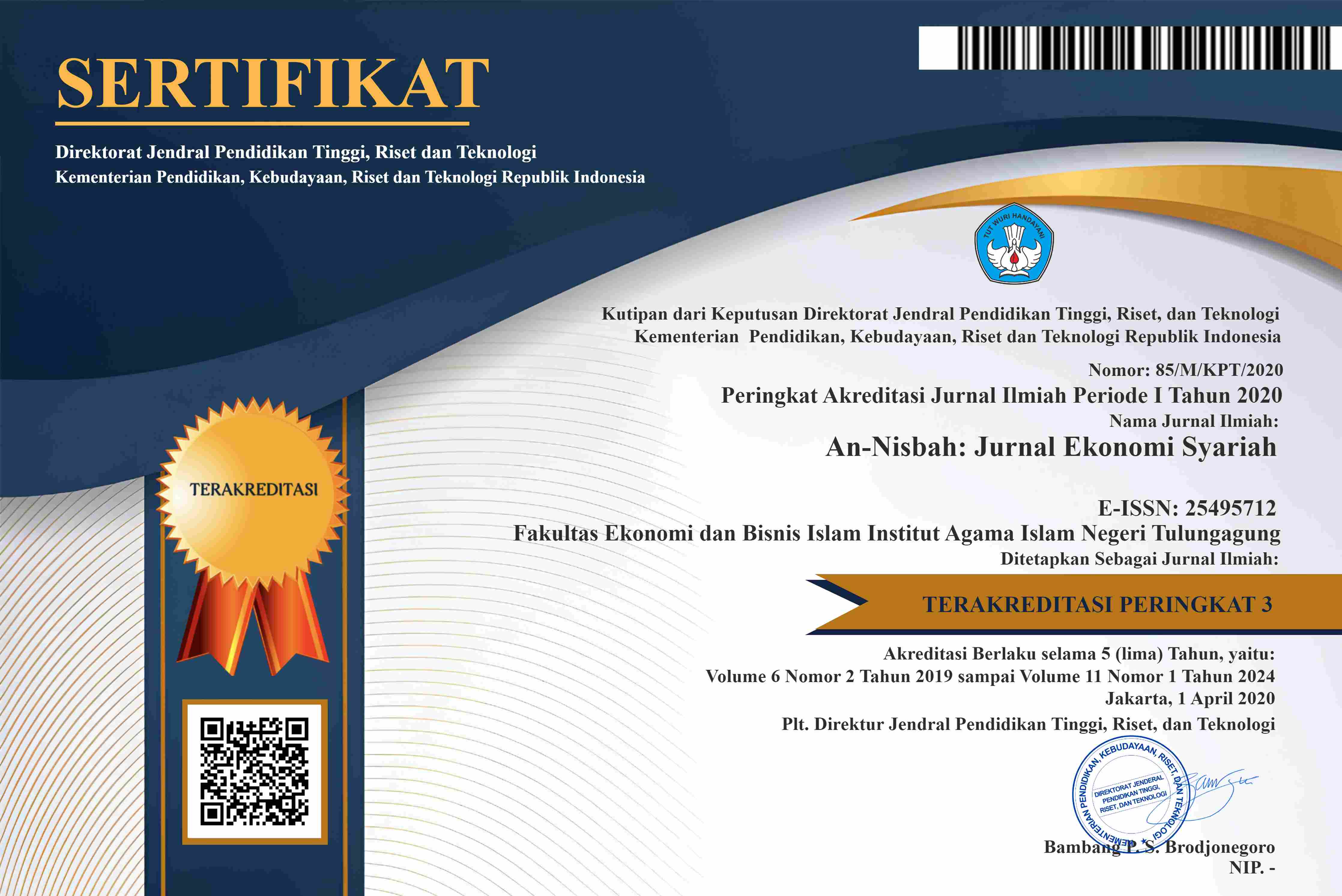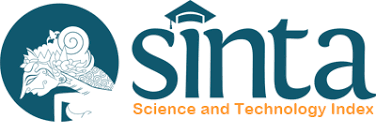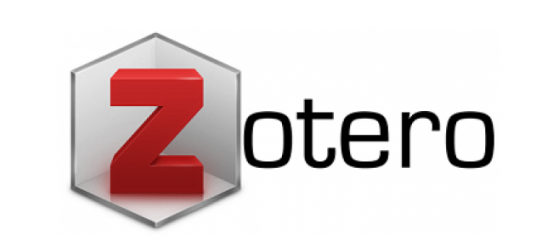TEORI EKONOMI MAKRO DALAM LITERATUR ISLAM KLASIK
Abstract
Islamic economics is a science that was born as an alternative to conventional economics, Schumpeter wrote down the economic history of Greek philosophers and immediately made a long leap for 500 years known as the great gap. Along with the times, the development of science is also growing. therefore Islamic economics as a concept of thought and practice is present gradually in a certain phase period. In medieval times the development of the history of Islamic economic thought was divided into three periods, namely the Islamic period of the early period until 1058 AD, the second period of Islamic Economics (1058-144 AD), third period Islamic Economics (1446-1931). Thus, history is one proof of the development of science. Islamic macroeconomic theory about economic growth, inflation, and money is not new, but has existed since the time of the Prophet. Economic growth according to classical Islam is aimed at advancing material and spiritual sides, and humans as the prosperous earth to get falah. Inflation in classical Islam is caused by human errors identified by corruption and poor administration. While the money in the Islamic economic literature used is dinar and dirham, the currency is imported, Roman dinars and dirhams from Persia.
Downloads
The author has full rights to the articles that has been sent to An-Nisbah: Jurnal Ekonomi Syariah. The author is responsible for the originality of the articles and all the references used in the journal script.








